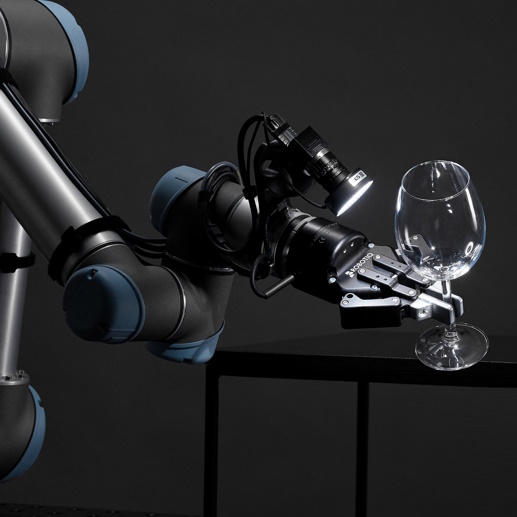I’m a lucky man. I have very few regrets in my life. Sometimes I look back and think I would have enjoyed employing my skills in different industries, but then I realize I would have missed out on all the cool things I’ve done on the path I ended up taking. I like to think of my journey through life as my being a time traveler taking the scenic route.
But what if I were to clone myself? If I could leave my clone doing what I do now, that would afford me the ability to pursue other areas of interest. For example, two things in which I’ve long wanted to be involved are robotics and space.
In the case of robots, I’d love to work on machines like Atlas and Spot coming out of Boston Dynamics or Eve from Halodi Robotics. When it comes to space, I’d be happy to work at private companies like Blue Origin and SpaceX, or at NASA on their forthcoming Europa Clipper mission to Jupiter’s moon Europa. If you wish, you can have your name micro-engraved on this space probe for free (I’ve just signed up myself because I like to think of my name still being out there in the universe long after I’ve shuffled off this mortal coil and moved onto the next plane of my existence).
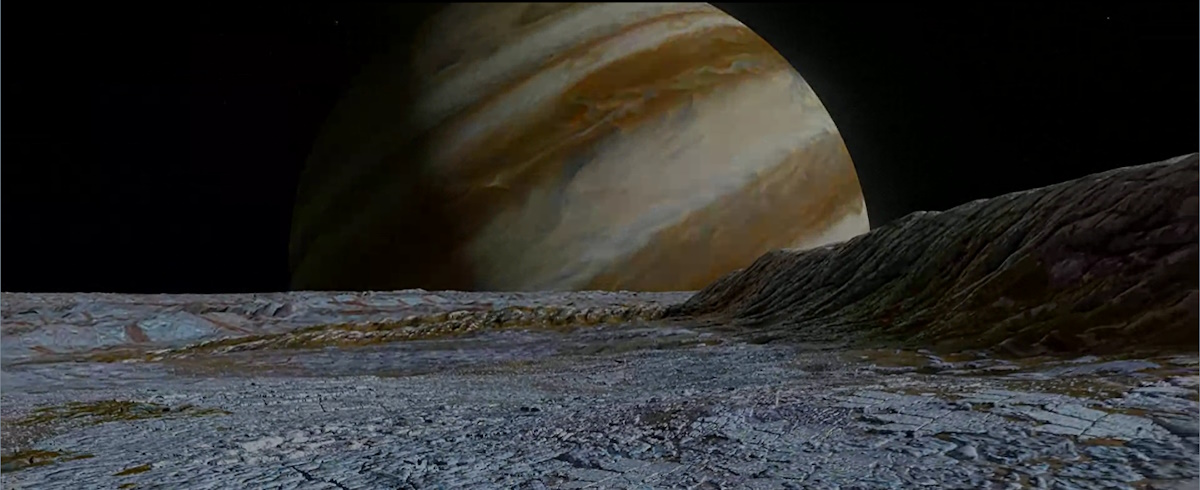
Artistic impression of Jupiter as seen from the surface of Europa (Source: NASA)
Scientists are almost certain that a vast ocean lies below Europa’s icy surface. Could that ocean contain life? If I were a betting man, I’d give two thumbs up in answer to this question. Suppose I were to work on humanoid robots intended for future missions to moons and asteroids and comets, thereby covering all the bases at once? Of course, I’d also like to work on the combination of artificial intelligence (AI) and augmented reality (AR), but there simply isn’t enough time in the day—I really need some way to add an extra 100 years onto my existing 100+ year span (which is my plan, thereby making me “a man with a plan”).
Of course, cloning myself is probably not a good option. I’m sure we all remember the lessons learned from the 1996 Multiplicity movie, in which our hero, Doug Kinney, persuades a silly scientist to create a clone to do Doug’s work, thereby allowing Doug to spend more time at home with his family. Unfortunately, the clone, which—being a copy—is a bit less intelligent than the original, feels itself to be overworked and ends up creating another clone, but this “copy of a copy” is even less intelligent, and then things start to get complicated.
How about you? Do you look back on your life and wish you’d taken another path? Alternatively, if you had your druthers, what sciences, technologies, and/or industries would you like to branch out into?
I’m sorry. I’m afraid I wandered off into the weeds a bit there. My meandering musings above were stimulated by my chatting with Matt Jones, who is VP of US Sales and Operations at Micropsi Industries. Founded in 2014 by five PhD students, Micropsi now boasts 70+ experts based in Berlin, Los Angeles, Atlanta, and San Francisco. It was the fact that our conversation focused on AI-guided robotics that set me to contemplate a life in the AI-plus-robot arena.
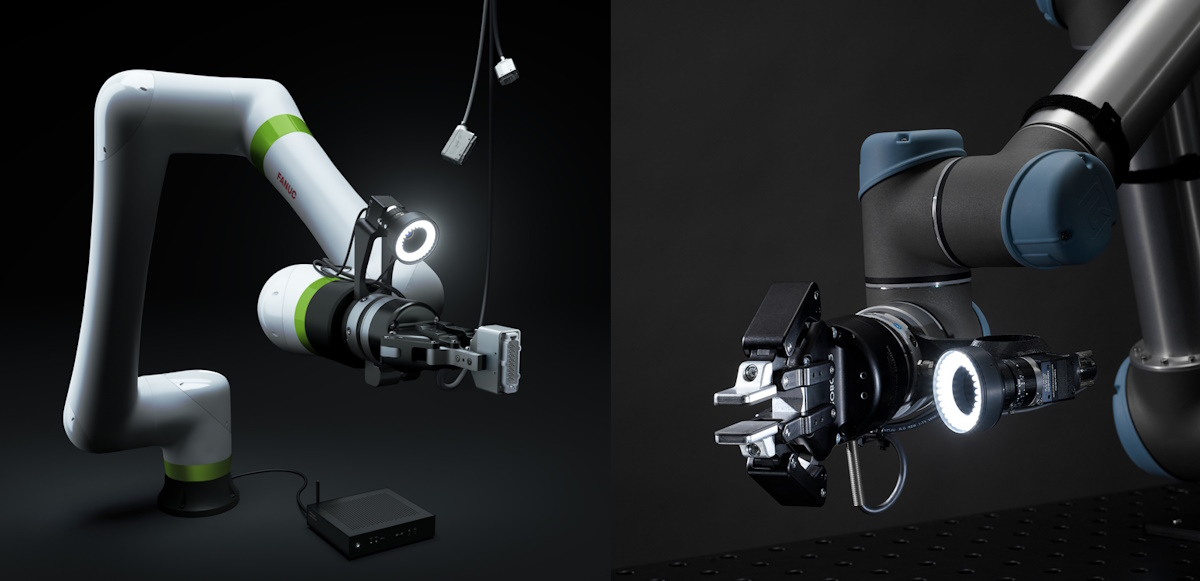
AI-guided robotics (Source: Micropsi)
Now, it’s important to note that the folks at Micropsi don’t make robots themselves. Instead, they provide the intelligence (in the form of AI software) that can be used with any robot or cobot (collaborative robot) to dramatically increase its capabilities.
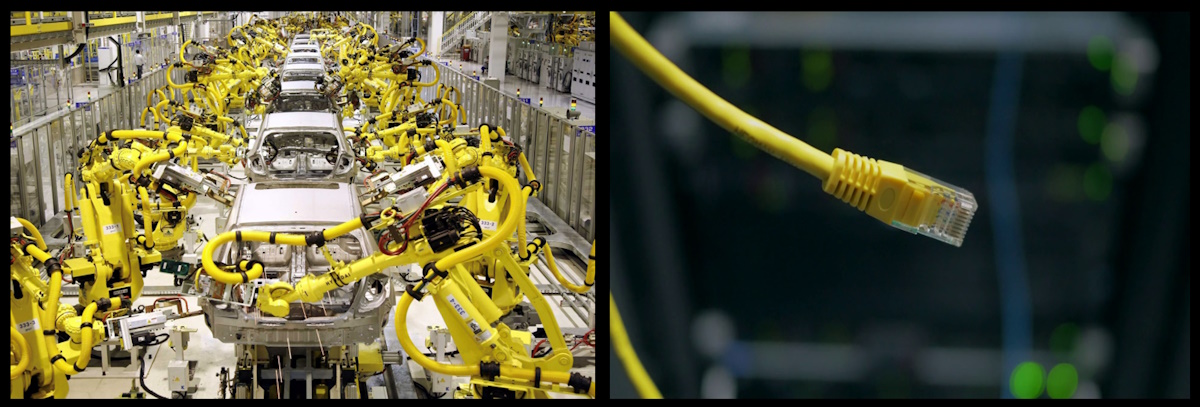
The current situation (left) and challenges (right) (Source: Micropsi)
As illustrated on the left-hand side of the image above, the vast majority of robots that are currently in production are not sensor-based and are performing repetitive tasks that are identical for each execution. There are some robots that are equipped with sensors that can perform more complicated tasks, but many production tasks—especially in assembly and testing—require more sophistication and flexibility. As illustrated on the right-hand side of the image above, for example, a task like grasping a freely hanging Ethernet connector and plugging it into a device under test (DUT) would typically need to be performed by a human being.
While performing simple, repetitive tasks like this may be fun at the beginning, I think the novelty would start to wear off after the first 10 years or so. The answer is Micropsi’s MIRAI.
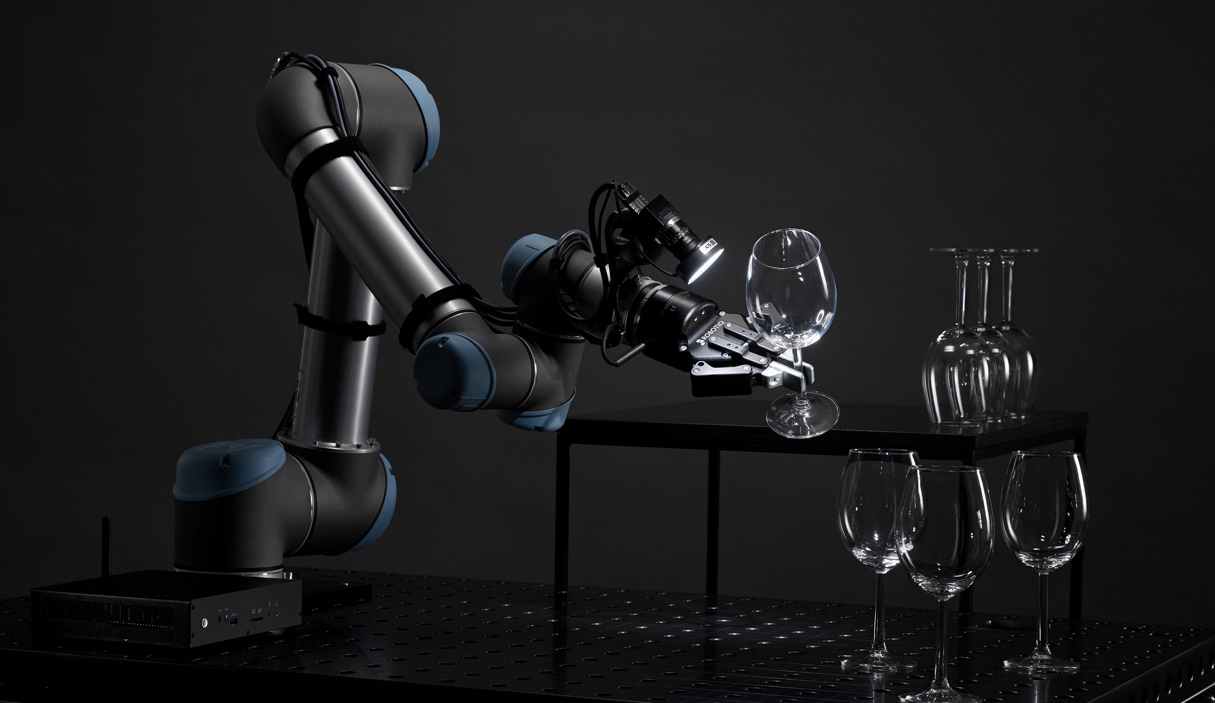
The answer is MIRAI (Source: Micropsi)
If you look carefully at the image above, you will see a small box in the lower left-hand corner. This is the MIRAI Controller. Once again, Micropsi is a software company, and the chaps and chapesses at Micropsi focus their attentions on developing the sophisticated AI solutions that allow robots from companies like FANUC, KUKA, and UNIVERSAL ROBOTS to perform their magic and shine brighter than their less intelligent cousins. Having said this, Micropsi’s software is delivered on a Quadro P1000 Controller from Spo-Comm, where this controller is itself powered by a 640 CUDA Core Quadro P1000 GPU from Nvidia and a Core i5-7300U CPU from Intel.
As illustrated by the following graphics, external components (bottom) like a Robot Arm and End Effector are augmented by MIRAI components (top) in the form of a Camera Sensor, a Force-Torque Sensor, the aforementioned MIRAI Controller, and a Training Application.
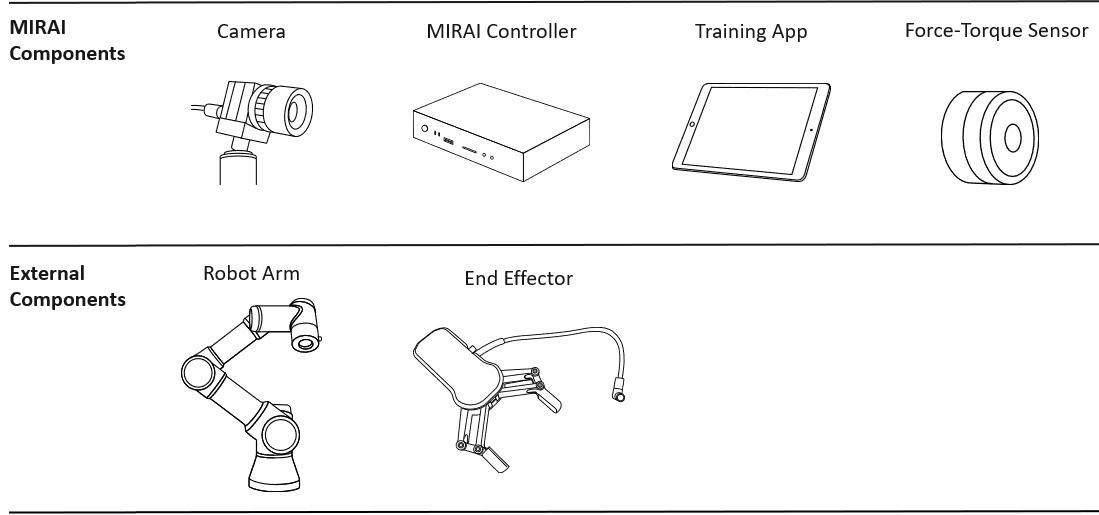
Meet the MIRAI robot control system (Source: Micropsi)
Augmenting an existing robot with MIRAI involves four steps. We start by connecting the robot, the camera sensor, the force-torque sensor, and the MIRAI controller to the robot. Next, we teach the robot how to react to variance by guiding it (moving its arm) through tasks and showing it examples (the robot watches everything through its camera). Multiple training examples are employed to illustrate how the task might vary—position and orientation of object, form and color of object, lighting conditions, background conditions, etc.
Next, Micropsi’s cloud servers generate a skill based on the demonstrations. Based on this skill, the robot can not only handle the exact example variants with which it was trained, but it can also generalize to handle unexpected situations. The fourth and final step is to refine and deploy the new skill in the real world.
The next time I’m in Atlanta (which is only a car ride away from where I currently hang my hat), Los Angeles, or San Francisco (or even Berlin), I’m going to reach out to the folks at Micropsi because I’d really like to see all this in action. I’m also sorely tempted to splash the cash for a robot arm of my own, like the bodacious LewanSoul Robotic Arm I just saw on Amazon.
If I had this arm, I could attach a small, lightweight camera and start to experiment with my own simple AI solutions. How about you? Are you also tempted to dip your toes into the AI-enabled robotic waters?


